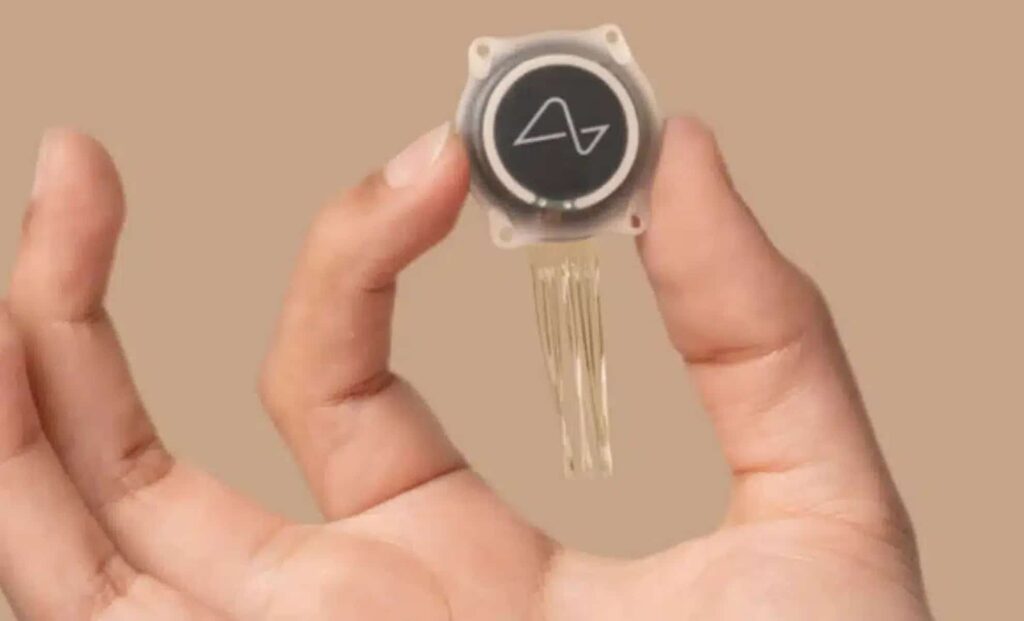The footage, which shows Nick Wray guiding a robotic arm to bring a straw to his mouth, marks one of the clearest real-world uses of the brain-computer interface developed by Neuralink. With more than 20 million views and growing, the demonstration has become a defining moment for the company and its efforts to restore autonomy to people with severe motor impairments.
Founded by Elon Musk, Neuralink has long promised to bridge the human brain with machines. Until recently, most of its breakthroughs remained confined to lab environments or staged events. But now, for the first time, the company’s technology is being seen in everyday use—unlocking capabilities that were once the domain of science fiction. The story of Nick Wray and his robot-assisted lunch has not only captivated millions online but also triggered a sharp increase in interest from patients and observers around the world.
From Brain Signals to Real Movement
The core of the breakthrough lies in Neuralink’s N1 implant, a device that decodes brain signals and transmits them via Bluetooth to external systems. According to Dexerto, Wray used the system to control a robotic arm, directing it to pick up a cup, place a straw near his mouth, and feed himself—all without moving his own limbs.
Wray, who lost arm mobility due to ALS, described the experience as surreal. “I put on my own hat for the first time in years! I microwaved my own chicken nuggets and fed myself!” he wrote after testing the chip in daily activities.
The chip’s use isn’t limited to eating. Wray also reported being able to operate his wheelchair and open the fridge using thought commands alone. These tasks, shared publicly through Neuralink’s social media, illustrate how the implant can transform mental intention into physical action.
The system works by interpreting neural activity in the motor cortex, effectively bypassing damaged nerves. Early data shows that users are engaging with the interface for extended periods—averaging 7.5 hours daily, with one patient exceeding 100 hours per week, according to Neuralink President Dongjin (DJ) Seo.

A Surge in Demand
The public response to Wray’s story has been immediate. As reported by Supercar Blondie, more than 10,000 individuals—primarily those affected by ALS or spinal cord injuries—have now enrolled on Neuralink’s waiting list. This surge reflects both the emotional impact of the viral video and a growing desire for solutions among those with limited mobility.
Currently, the clinical trial is open only to people with severe impairments in hand use. Twelve patients have received implants so far, with the company aiming to increase that number to 25 before year’s end. Each case represents a major logistical and medical challenge, requiring precision neurosurgery and post-op calibration of the device.
Despite the limited scope of the trial, the sense of urgency is palpable. The demand vastly exceeds Neuralink’s current capabilities, indicating a scale problem the company may need to solve before broader implementation becomes feasible. For now, the waitlist continues to grow by the thousands, all sparked by a short clip of robotic movement and a sip of water.
A String of Breakthroughs
Wray’s demonstration is the latest in a series of milestones for Neuralink. Earlier in the year, a paralyzed woman reportedly wrote her name for the first time in two decades using only her thoughts and a Neuralink chip. Before that, the company successfully performed its first procedures outside the United States, implanting devices in patients with spinal injuries in Canada.
In another operational achievement, Neuralink managed to conduct two surgeries in a single day while simultaneously developing new devices aimed at restoring speech and sight. These events show a pattern of accelerating progress and expanding medical scope.
Elon Musk, while no longer involved in daily operations, praised the team following the viral moment. “Great work by [the] Neuralink team,” he posted on X. Musk has previously suggested that such technology might eventually extend beyond medical use and grant humans enhanced cognitive or physical capabilities—though for now, the focus remains squarely on restoring lost function.

